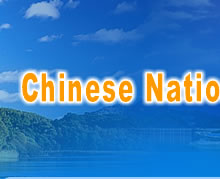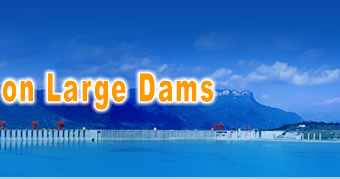The World Bank has released a new publication: Operation and Maintenance Strategies
for Hydropower: Handbook for Practitioners and Decision Makers.
The World Bank says this handbook “seeks
to raise awareness among utility managers, decision makers and other
stakeholders of the importance and benefits of developing robust operation and
maintenance strategies for existing and greenfield hydropower plants.”
Hydropower is the world’s largest source of renewable energy
generation, with 1,300 GW of installed capacity, the World Bank says. About 52%
of this capacity was installed before 1990, so these assets are prone to
require major rehabilitation. Citing data from the International Renewable
Energy Agency, the bank says hydro generated more than 4,200 TWh of electricity
in 2018, accounting for more than 60% of global new energy generation.
Additionally, the global weighted average cost of hydropower projects I 2018
was $0.047/kWh, making it the lowest-cost source of electricity in many
markets.
When well-maintained, hydropower facilities can last for more
than 100 years and operate for decades without major work. (The Hydro Hall of Fame awards presented at HYDROVISION
International annually are a testament to the long-lasting legacy of
hydroelectric power worldwide.) Hence it is essential to have robust O&M
strategies in place, as plants that are allowed to deteriorate require constant
attention and frequent major refurbishment.
The handbook provides guidance in preparing and implementing a
long-term O&M strategy that includes objectives to be reached, activities
and organizational decisions to reach these objectives and adequate resources.
The handbook, published in January, uses eight steps to propose
a framework and processes to establish an O&M strategy adapted to local
contexts:
Diagnosis
Definition
of objectives
Key
blocks of activities
Exploration
of O&M contractual models
Human
resources
Estimation
of costs
Validation
of strategy
Implementation
of the strategy
Six case studies from Brazil, Pakistan, Nigeria, Liberia, Uganda
and Uruguay/Argentina are included in a companion report entitled Operation and
Maintenance Strategies for Hydropower: Six Case Studies. The World Bank says the
handbook benefited from these lessons learned, which provide examples of
O&M strategy implementation and share views on remaining challenges and
future directions.







